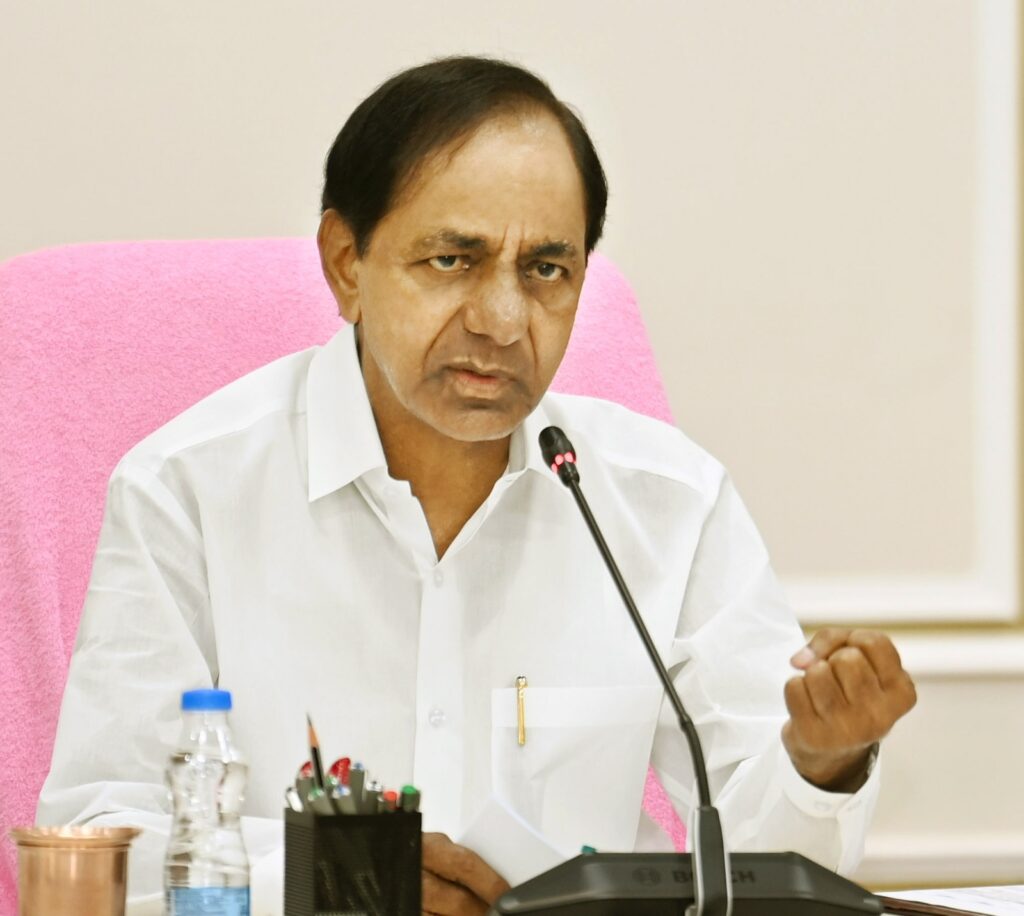Rama Krishna Sangem
Fears of am El Nino or possible drought have gone, as monsoon is expected to end up with normal to a little excess rainfall by October- November when it recedes. This is a good news for people of all states as well as ruling political parties at the Centre and states as elections fast approach within 8-9 months. Initially, some degree of deficit rainfall was predicted but clouds of drought too loomed large later due to delayed rains in June and early July.
India is most likely to see normal rainfall during the second half of the monsoon season (August and September) following excess precipitation in July, the India Meteorological Department (IMD) said on July 31, Monday. It said normal to above normal rainfall is very likely over east central India, parts of the east and northeast region and most subdivisions along the Himalayas.
Below normal rainfall is predicted in most parts of peninsular India and western parts of northwest and central India, IMD Director General Mrutyunjay Mohapatra said at a press conference here. While India recorded 13 per cent excess rainfall in July, east and northeast regions of the country gauged the third lowest precipitation in the month since 1901, he said. At 258.6 mm, northwest India recorded the highest rainfall in July since 2001, Mohapatra said.
No impact of El Nino
India saw a turnaround in monsoon rains — from a nine per cent deficit in June to 13 per cent excess rain in July, the IMD chief said. The country has recorded 467 mm rainfall against a normal of 445.8 mm in the monsoon season so far, an excess of five per cent. El Nino — warming of the waters in the Pacific Ocean near South America — has not affected the monsoon rains so far, Mohapatra said.
El Nino is generally associated with the weakening of monsoon winds and dry weather in India. Luckily, it hasn’t shown any adverse impact on India this year



